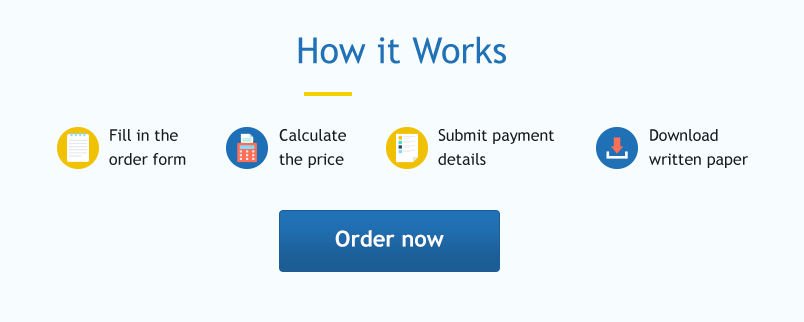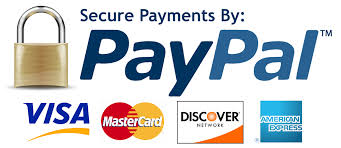| Illustrative Application of Stakeholder Impact Analysis: Bribery or Opportunity in China Case Note: Names have been changed John Low, a North American born of Chinese descent, was given the opportunity of his lifetime. He was asked to go to China and set up a manufacturing subsidiary in a medium-sized city in the middle of the country. He had arrived in the city and had attempted to set up a new building and manufacturing facility which would employ thirty people, but had run into many delays in dealings with the local authorities. Ultimately, John met with the three senior officials and asked what the problem was. They indicated that things would go a lot faster if John’s company was to make them a payment of $100,000 each. This, they said, was quite reasonable in view of what other companies had been paying. John was in a quandary. When he had been sent to China, his boss had told him that under no circumstances were any bribes to be paid. It was against company policy and it would not be tolerated. On the other hand, John was expected to get his job done, and his boss had told him that unless he did so, another manager would be sent to take over John’s position. John knew that his budget contained a provision for payments to agents, but the total allowed was only $150,000. He knew that if the facility was delayed, every month of delay would cost his company a contribution of approximately $25,000. John told the senior officials repeatedly that there was no way his company would pay them, but they were insistent. Questions 1. Should John pay the bribes? 2. Is there something else he could do instead? Illustrative Solution The first step in a stakeholder impact analysis is to identify all stakeholder groups affected by the proposed action and their interests. At the end of the identification process, the stakeholders and their interests are to be ranked in importance. These two steps can be facilitated by means of a tabular analysis as shown below. In this situation, with the proposed action being to pay the bribes or not, there aren’t many externalities, but there are legalities and company ground rules. Consequently, John could use a hybrid ethical decision framework based upon the 5-question, but with the use of net benefit in addition to profit and ground rule ethics. The questions or challenges for the proposed action are therefore as shown in the table on the top of next page, with responses noted. Analysis of Stakeholders and Their Interests STAKEHOLDER INTEREST LEGITIMACY/LEGAL INFLUENCE POWER TO AFFECT CO. URGENCY OF CLAIM PRIMARY OR SECONDARY RANK IN IMPORTANCE: 1 IS HIGHEST, 3 IS LOWEST John Potential success or dismissal, unless a new idea can be found. Prob. of discovery estimated at 60% Yes Yes High Primary 1 Local employees Delay in job, or no job No Not yet Low Secondary for now 3 John’s boss John’s success is his own, but he runs the risk of sanction if John is found to have bribed Yes Yes High, but less than John’s Primary 2 Other managers elsewhere Company policy will be eroded, so observance will be difficult, since employees will know of breach Yes Yes Medium Primary 2 Shareholders Financial success earlier, but costs of bribes will raise costs, and will be called for in many situations. Possible fines and bad publicity if caught, and Foreign Corrupt Practices Act or similar applies, so profits down, Prob. 40% Yes Yes High Primary 1 Chinese officials $300,000 richer if not caught, then? Prob. 10 % Yes Yes Medium/high Primary 1 Directors and senior executives Directors same as shareholders. Exec. no bonuses and could be dismissed Yes Yes High, but less than John’s Primary 1 Elderly Chinese in town (leaders in society) No benefit until local employment starts, or other benefit created No Yes, very influential Low Appears secondary, but could be primary 1 Chinese government Bribes raise cost of doing business in China Yes Yes, but distant Low Secondary for now 3 John’s family Unknown if he has any Not Applic. Challenges to Proposed Action: Payment of Bribes QUESTION OR CHALLENGE RESPONSE 1. Is it profitable? Maybe for company. $25K per month × 40% prob. of being caught—cost of fines and additional bribes elsewhere. John, probably not, as prob. of being caught is 60%. 2. Is it legal? Not really, but maybe if creative arrangement with an agent is successful and/or this is considered a facilitating payment, not a bribe. 3. Is it fair? Not to John, or his boss, or top management, to China, or to elderly Chinese. 4. Is it right? Generally? Per company ground rules? Not per company ground rules and code. Everyone is doing it, so maybe. Per John? Not known. 5. Does it provide the highest net benefit for all? Maybe, unless a better idea is found. Based on this analysis, John found several responses that were negative or not clearly positive, indicating an unethical—and in this case illegal—decision. Yet, he had to bribe or admit failure unless he could find an ethical alternative. John also asked himself whether the decision to bribe would involve and exhibit the motivations, virtues, and character traits expected. His answers appear in the table below. Bribery was not in accord with expected motivations, virtues or character traits, so John began to look for other alternatives. He began to consider the primary stakeholders to the company’s long-run success in the area. He realized that the company’s relationship with the Chinese elderly was going to be of high long-run significance because the elderly are very influential in Chinese culture. What could he do to satisfy the elderly and perhaps bring the local officials on-side as well? At the same time he did not want to offend his company’s ground rules which were to observe the code and not to bribe. He had noticed that there wasn’t really a good place for the elderly to gather, like his own parents had back home. In the end, he asked his boss if his company ever supported community centers, and the answer was yes. The company’s donations budget would provide the funds and company officials were quite interested in paying for a senior citizens’ center and park in the Chinese town as part of the company’s good corporate citizen program of supporting the communities that they operated in. John proposed this to the senior Chinese officials who wanted the bribes, indicating that his company would not make such payments directly to anyone. The officials, however, would get credit by association with the park and center and would, of course, serve on the Board of Directors of the Center when it was finished. John’s plant was ready in record time, and he was awarded a citation by his company’s CEO who was also the person in charge of the company’s ethics program. It seemed apparent that he had found a solution that provided the highest net benefit to all—a true win-win-win arrangement—that matched well to expected motivations, virtues, and character traits. Expected Motivations, Virtues, & Character Traits |
 February 26th, 2019
February 26th, 2019  admin
admin



 Posted in Uncategorized
Posted in Uncategorized